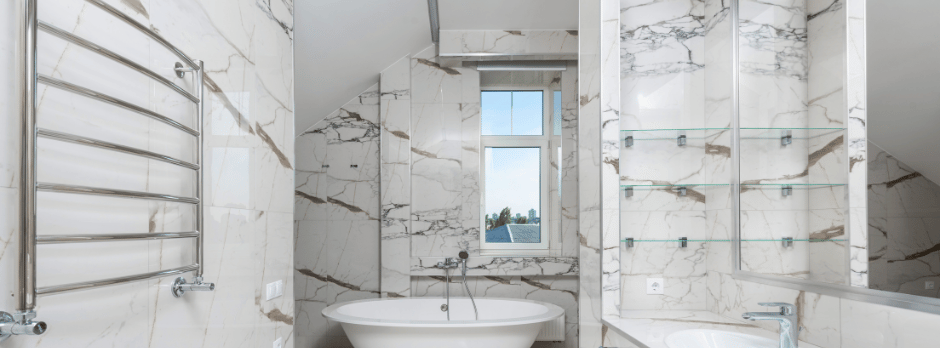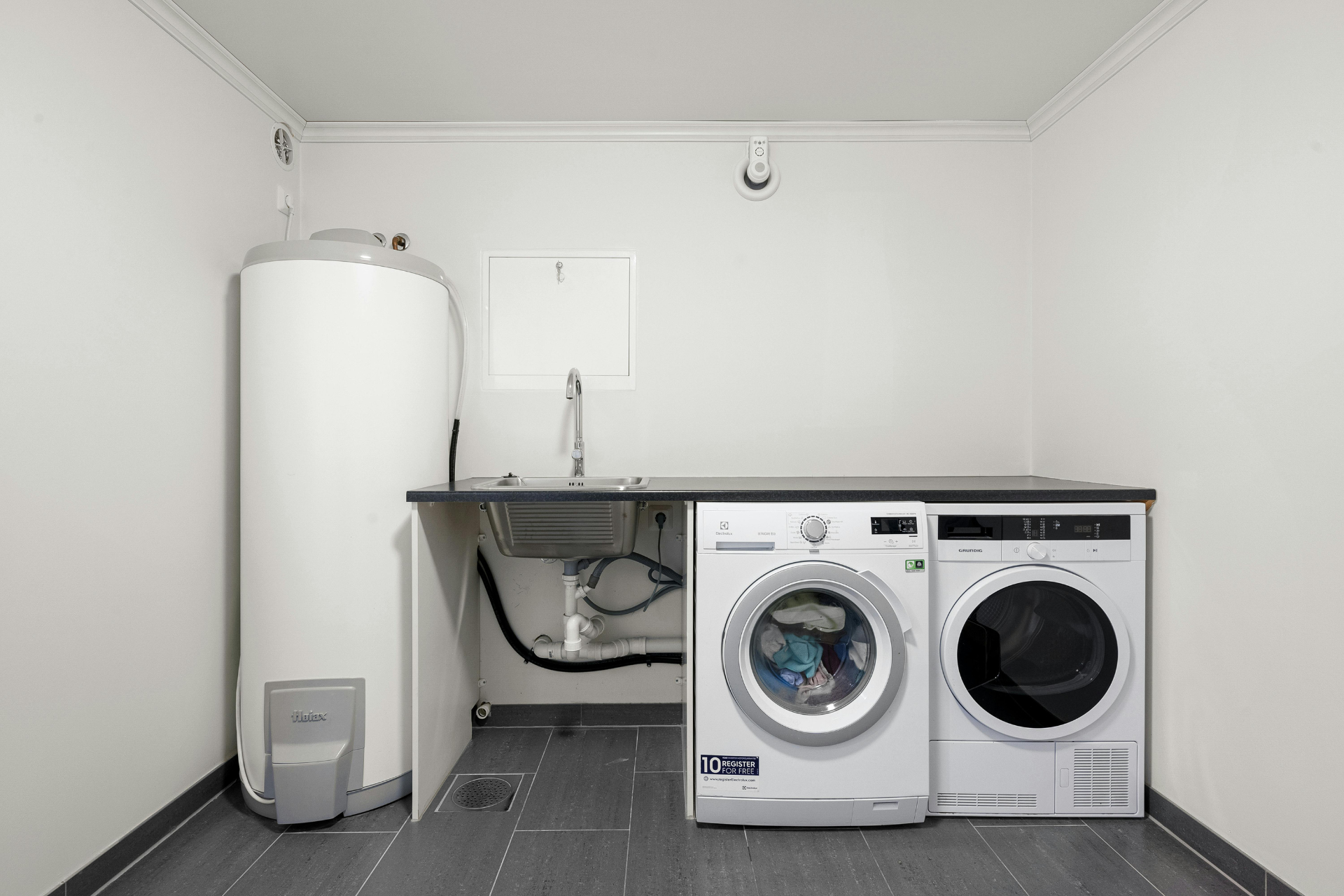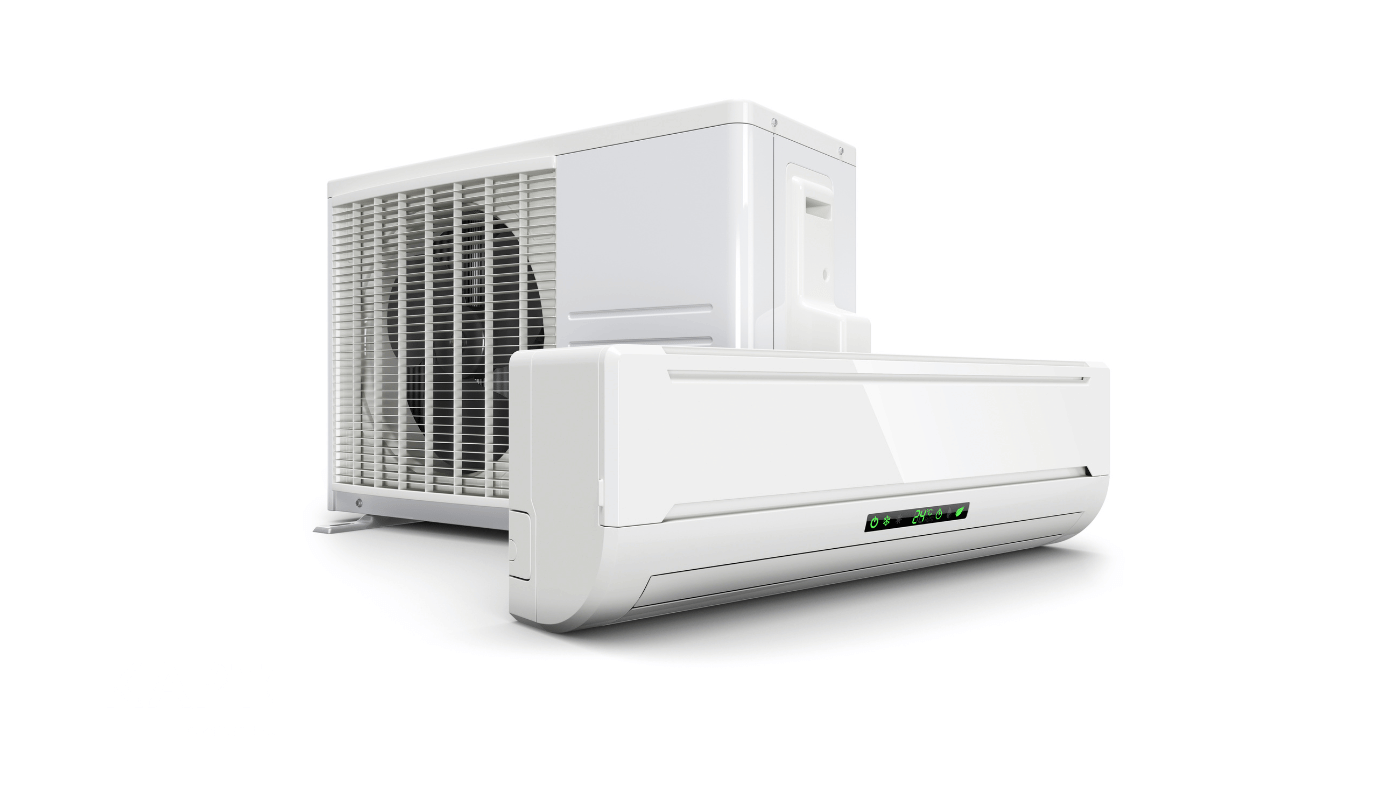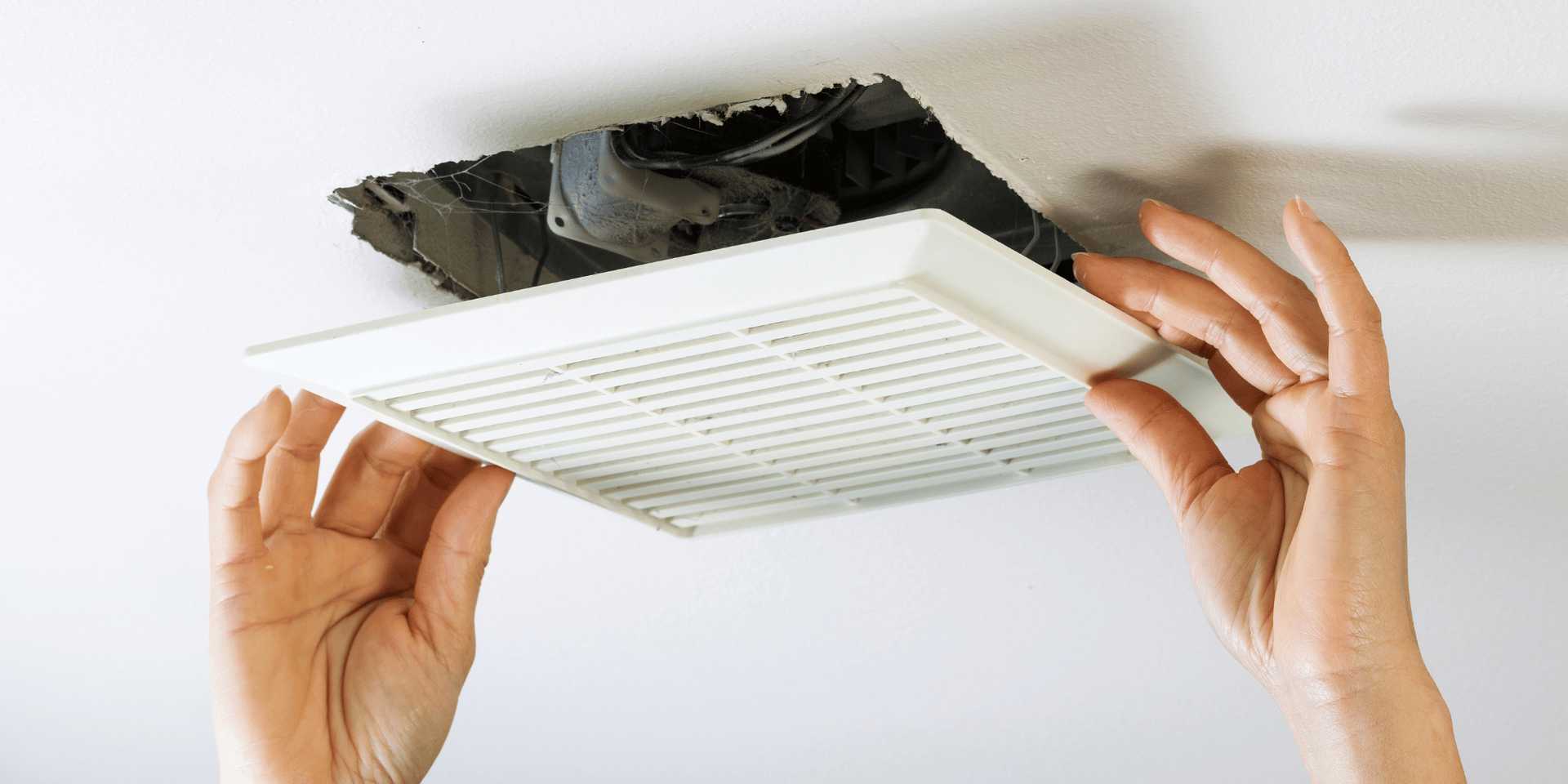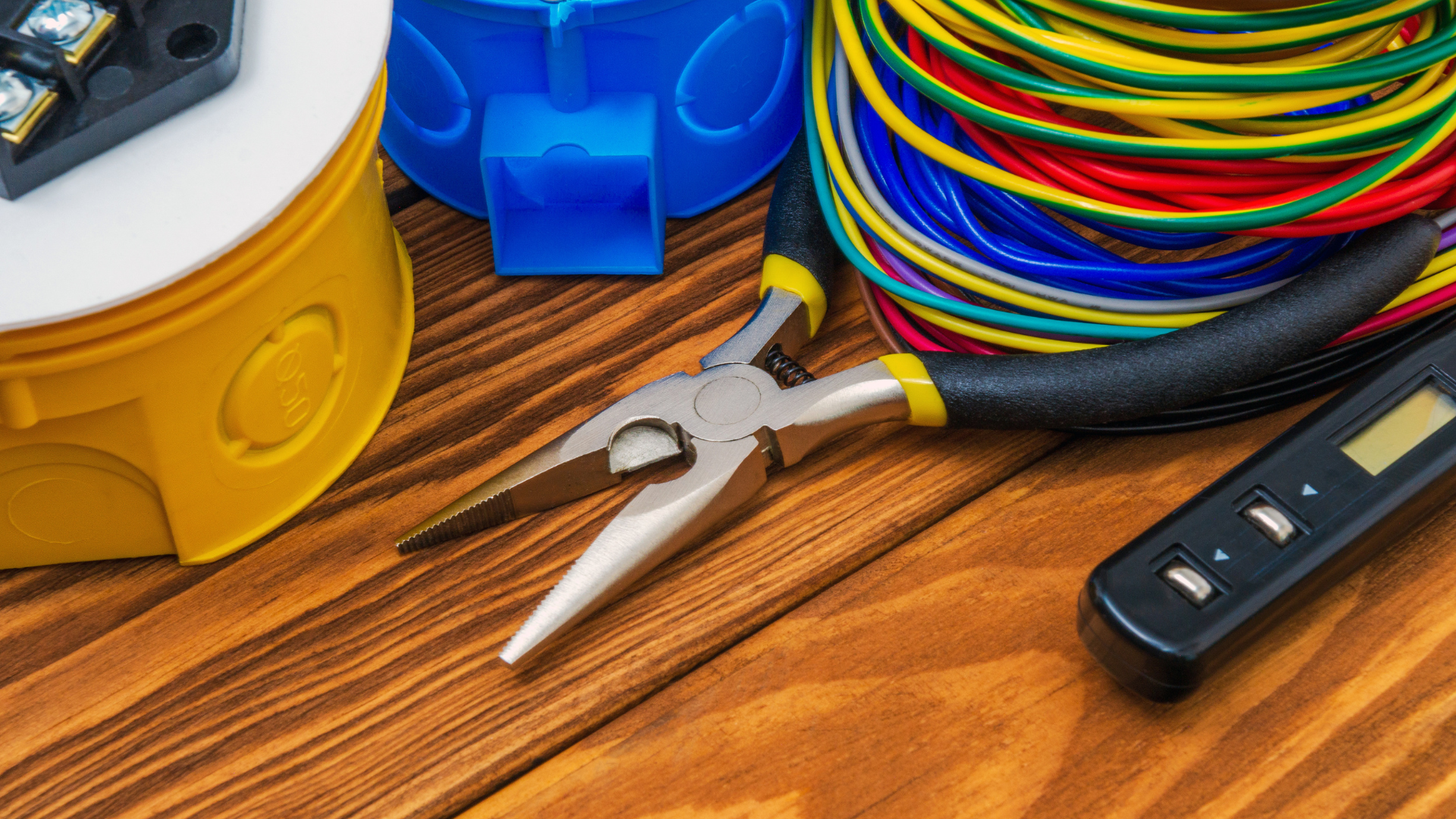Outdoor Lighting & Power: What to Consider Before You Install
Outdoor Lighting & Power: What to Consider Before You Install
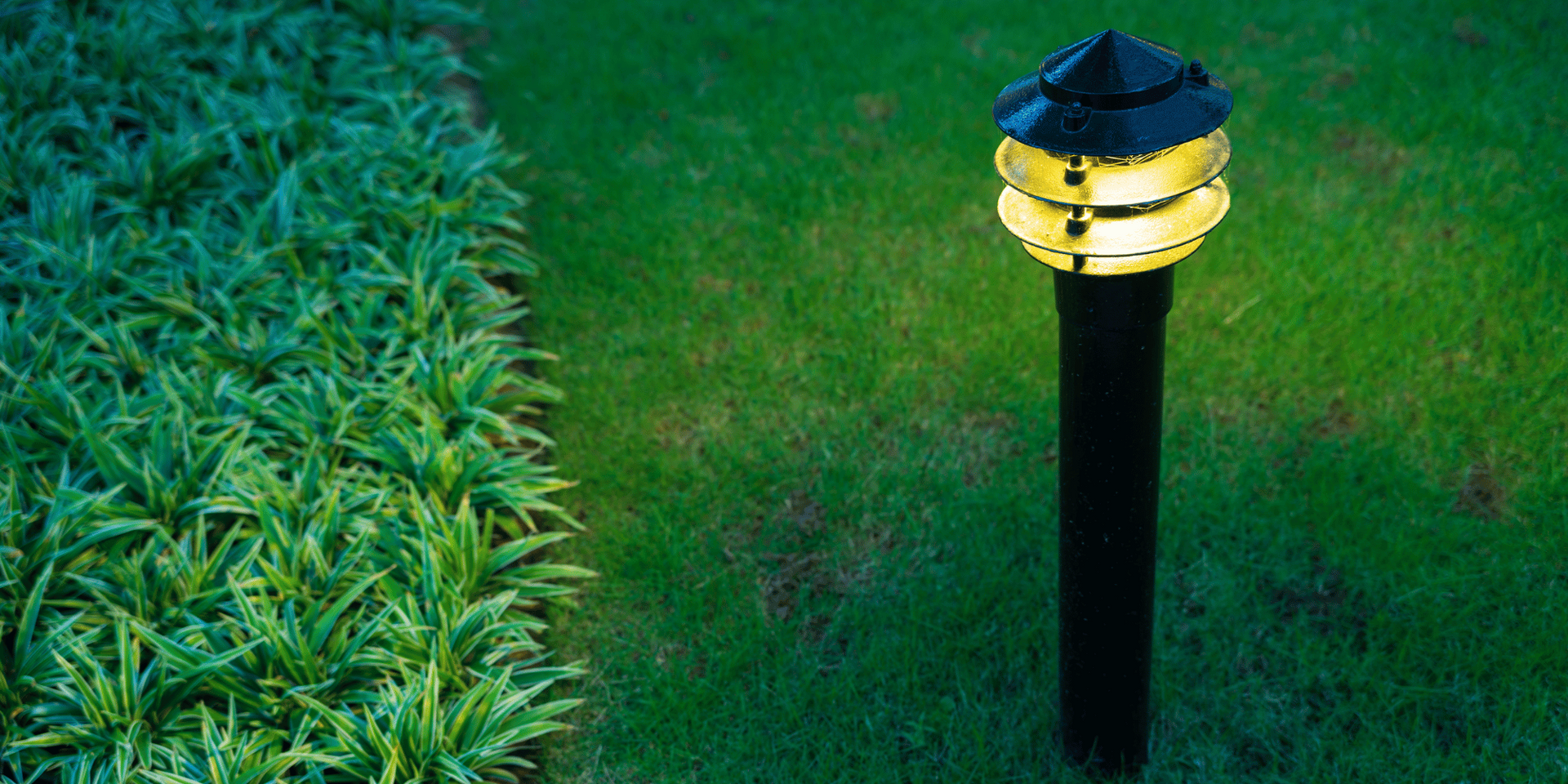
Outdoor spaces are extensions of your home.
With the right outdoor lighting installation and well-planned outdoor power points, you can turn a garden, deck, or patio into a practical and inviting living zone—safe to move around at night, secure from intruders, and ready for entertaining.
Let's look at safety, design, product selection, energy efficiency, and the step-by-step process of working with a licensed electrician.
Start with a Plan: Purpose, Zones, and Mood
Before you buy a single LED floodlight or pathway light, identify the purpose of each area. A simple site plan, even sketched on paper, helps you and your electrician design a cohesive landscape lighting scheme and locate weatherproof GPOs (general power outlets).
- Entry & front path: Prioritise pathway lighting and motion sensor lights for safety and convenience.
- Driveway & side access: Consider security lighting with passive infrared (PIR) sensors and wide-beam LED floodlights.
- Alfresco & patio lighting: Use warm, glare-controlled fixtures (downlights, wall lights, or pendants) to create an entertaining mood. Add outdoor power for heaters, portable fridges, or BBQs.
- Deck lighting & steps: Low-glare recessed deck lights or step lights improve safety and ambience.
- Garden beds & trees: Use low-voltage garden lighting (uplights, spike lights) for drama and depth.
- Pool & spa zones: Strict safety rules apply. Coordinate pool area lighting with a licensed electrician and comply with clearances and equipotential bonding.
Pro tip: Think in layers—ambient lighting for general glow, task lighting for functional areas (cooking, steps), and accent lighting to highlight architectural features or trees.
Safety & Compliance First (Australia-Specific)
Outdoor electrical work must comply with Australian regulations (e.g., AS/NZS 3000 Wiring Rules) and is not a DIY job. Always engage a licensed electrician to install outdoor power points, run cabling, and connect circuits.
Key safety considerations:
- RCD safety switches (residual current devices) are essential. Outdoor circuits should be RCD-protected to reduce shock risk.
- IP ratings matter. Choose fittings with appropriate Ingress Protection for water and dust (e.g., IP44 for covered patios, IP65 or IP66 for exposed locations, and higher near coastal spray).
- UV-stable cabling & conduits. Sunlight degrades plastics; specify UV-resistant materials outdoors.
- Earthing & bonding must be correct, especially near pools, spas, and metallic structures.
- Cable protection & depth. Underground runs should be in conduit at compliant depths, with warning tape where required.
Search-friendly reminder: “Hire a licensed electrician for outdoor lighting installation and weatherproof outdoor power points” is more than good advice—it’s a legal and safety requirement.
Choosing the Right Fixtures (Form + Function)
Selecting fixtures is about more than looks.
For reliable exterior lighting, evaluate:
- Material & finish: Marine-grade stainless steel (316), powder-coated aluminium, or solid brass/bronze resist corrosion—critical for coastal homes.
- Lens & optics: Quality optics reduce glare and direct light exactly where needed. Frosted diffusers soften light on patios.
- Replaceable vs integrated LED: Integrated energy-efficient LED fixtures offer sleek design and excellent efficiency; ensure reputable drivers and long warranties. Replaceable LED lamps (GU10/MR16) offer flexibility but require compatible housings.
- Beam angles: Narrow beams (10–25°) for feature uplighting; wider (40–60°+) for general wash.
- Colour temperature: 2700K–3000K warm white for entertaining areas; 4000K neutral white for task/security zones. Keep a consistent tone across the property.
Popular fixture types:
- Wall lights (up/down lights) for façades and pillars
- Bollard lights for paths and driveway edges
- Spike lights for gardens—easy to reposition with plant growth
- Recessed step/deck lights for safety
- Under-eave downlights for general wash and neat lines
- LED strip lights (IP-rated) for alfresco benchtops, stair treads, and feature niches
- Floodlights with motion sensors for security
IP Ratings & Weatherproofing: What Those Numbers Mean
IP ratings indicate protection against dust and water.
For exterior lighting and weatherproof outdoor power, know the basics:
- IP44: Splash-proof—okay under cover (eaves, patios).
- IP54/IP55: Better dust & water jets protection—good for semi-exposed sites.
- IP65/IP66: High protection against heavy rain and jets—ideal for fully exposed walls, pergolas, and gardens.
- IP67/IP68: Submersible—used for water features; consult a specialist.
For outdoor power points (GPOs), look for IP-rated enclosures with robust covers that seal when the plug is inserted. In coastal or harsh environments, select corrosion-resistant hardware and check gaskets regularly.
Power Capacity, Circuit Design & Future-Proofing
Discuss load calculations with your electrician. It’s common to separate:
- Lighting circuits (LED loads are small but numerous) from
- Power circuits (heaters, pool pumps, BBQs, outdoor fridges), and
- Special circuits for EV chargers, spa pumps, or garden pumps.
Future-proofing tips:
- Lay spare conduits to garden beds or future pergolas.
- Add a couple of extra weatherproof GPOs in strategic spots (festoon lights, Christmas displays, pressure washer).
- Consider a dedicated smart lighting controller enclosure with space for expansions.
Controls & Smart Outdoor Lighting
Intelligent controls improve convenience, energy efficiency, and security:
- Motion sensor lights (PIR) at entries and side paths.
- Dusk-to-dawn sensors (photoelectric) so lights auto-adjust with seasons.
- Timer switches to manage feature lighting and holiday routines.
- Smart outdoor lighting systems (Wi-Fi, Zigbee, or Matter-compatible) let you:
- Create scenes (e.g., “Entertaining,” “Security patrol”).
- Schedule garden lights at sunset.
- Dim/colour-tune compatible LED strips.
- Control from your phone or smart speaker.
- Two-way/three-way switching for long pathways and garages.
Energy Efficiency & Sustainability
Modern energy-efficient LED technology drastically lowers running costs.
To maximise efficiency:
- Choose high-efficacy LEDs (lumens per watt) from reputable brands.
- Use warm dimming or dimming with compatible drivers to right-size the brightness.
- Employ sensors and timers to eliminate wasted hours.
- Consider solar garden lights for remote plant beds or where cabling is impractical (quality varies—choose models with replaceable batteries and quality panels).
- Aim for dark-sky friendly designs that reduce light spill and protect nocturnal wildlife.
Avoiding Glare, Spill & Light Pollution
A beautiful landscape lighting design is subtle.
Minimise glare to keep areas inviting and neighbour-friendly:
- Shield the light source (louvers, hoods, eyelids).
- Use narrow beams to highlight features without washing the whole yard.
- Mount fittings at appropriate heights and angles—don’t point spotlights directly into sightlines or windows.
- Dim accent lights. Less is more outdoors.
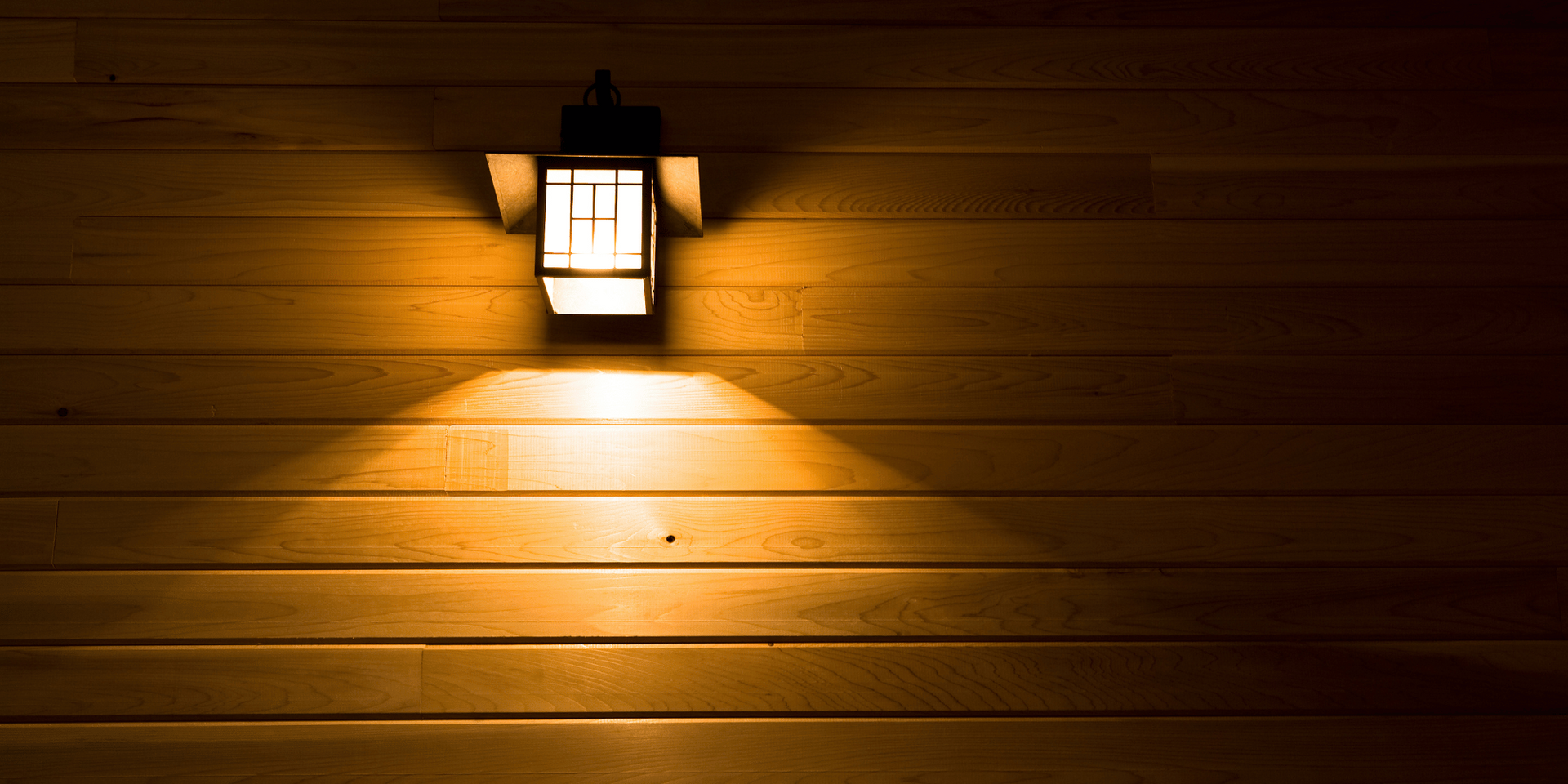
Special Locations: Pools, Spas, BBQs & Coastal Homes
- Pool and spa zones: Strict clearance distances apply for lights, switches, and outdoor power installation. Use extra-low voltage where appropriate and ensure all equipment is correctly earthed and RCD-protected.
- BBQ/outdoor kitchen: Provide dedicated weatherproof GPOs for BBQ ignition, rangehoods, fridges, and benchtop appliances. Add task patio lighting with good colour rendering for cooking.
- Coastal properties: Salt air is harsh—specify marine-grade materials, sealed fixings, and schedule regular cleaning.
Cabling, Mounting & Installation Details (What Your Electrician Handles)
A quality installation hides the hard work:
- Conduits & junctions: Correctly rated and sealed. Underground runs at compliant depths with warning tape. Above-ground runs concealed where possible.
- Fixings & penetrations: Corrosion-resistant screws, sealed wall/soffit penetrations to prevent water ingress.
- Mounting surfaces: Solid backing for heavy lights and IP66 floodlights; avoid flimsy cladding without reinforcement.
- Isolation: External isolation switches for pumps, heaters, and large loads for safety and servicing.
- Labelling: Clearly labelled circuits in the switchboard, including RCD safety switches.
Costs & Budgeting (Guide Only)
Actual pricing varies by site and specification, but planning ranges help:
- Basic pathway/entry package (a few bollards, wall lights, sensor, timer): $800–$2,000 (fixtures + install).
- Entertaining area (patio/downlights, dimmer, GPOs, feature strip): $1,500–$4,000.
- Full garden lighting with multiple zones, quality spike lights, and smart control: $3,000–$10,000+.
- Additional outdoor power points (IP-rated): typically $200–$500 each installed, depending on cable run and switchboard access.
Remember to budget for:
- Quality fixtures (long warranties save money long-term).
- Smart controls (optional, but add convenience).
- Trenching & landscaping reinstatement.
These are broad guides to help planning; request a detailed quote from your licensed electrician.)
Common Mistakes to Avoid
- Under-specifying IP ratings for exposed areas, leading to premature failure.
- Glare-bombing with bright floodlights in social zones—kills ambience (and annoys neighbours).
- Too few power points—result: messy extension leads. Add more weatherproof outdoor power points than you think you’ll need.
- No RCD protection or mixed circuits without proper design—serious safety risk.
- Ignoring maintenance—dirty lenses and loose seals reduce performance and lifespan.
- Random fixture placement instead of a planned landscape lighting layout.
Maintenance: Keep It Safe & Looking Great
Create a simple maintenance routine:
- Quarterly: Wipe lenses, check seals, tighten fixings, trim plants around lights.
- Biannually: Test RCD safety switches, inspect conduits, check for corrosion or UV cracking.
- Annually: Review timer schedules (daylight changes), update smart scenes, replace worn gaskets, and re-aim garden spotlights as plants grow.
Frequently Asked Questions
Q: What are the best lights for garden paths?
A: Bollards or low-glare pathway lights spaced evenly (usually 3–5 metres apart depending on beam spread). Choose IP65 or higher for exposed paths and warm white (2700–3000K) for a welcoming glow.
Q: Are solar garden lights worth it?
A: They’re great for quick installs and remote spots, but check panel size, battery quality, and replaceability. For consistent performance and dimming control, low-voltage garden lighting on a transformer is more reliable.
Q: How many outdoor power points do I need?
A: More than you think. Plan weatherproof GPOs near BBQs, fridges, heaters, garden equipment, and festive lighting. Avoid daisy-chaining extensions.
Q: Can I DIY outdoor lighting?
A: You can plan the design and even position low-voltage spike lights, but any 240V wiring, outdoor power installation, and switchboard work must be done by a licensed electrician.
Q: Warm or cool lighting outside?
A: Warm white (2700–3000K) suits entertaining and gardens; neutral white (4000K) is useful for task and security lighting. Keep colour temperature consistent within each zone.
Bringing It All Together
A great outdoor lighting installation blends safety, function, and style.
Start with a clear plan, choose robust IP-rated fixtures, and layer light for comfort and impact. Ensure your outdoor power points are weatherproof, circuits are RCD-protected, and controls are simple—ideally smart outdoor lighting that works with your routine. Most importantly, partner with a licensed electrician who understands local regulations and can future-proof your system with spare conduits, ample GPOs, and reliable, energy-efficient LED products.
When you design thoughtfully, your garden, deck, and pathways transform after dusk—safer underfoot, more secure around the perimeter, and beautifully illuminated for relaxed outdoor living.


